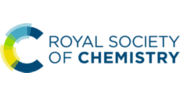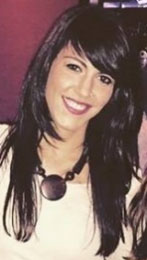 JAAS is excited to introduce Fanny Thibon as one of our Young Analytical Scientists.
JAAS is excited to introduce Fanny Thibon as one of our Young Analytical Scientists.
Fanny Thibon is a researcher in isotope geochemistry. She defended her Ph.D. on the Paleoproterozoic Ocean using iron and copper stable isotopes in marine sediments. Then, she studied marine ecotoxicology using lithium isotope during a postdoc funded by the ANR ISO2MET project. Her main research interests relate to the use of stable isotope proxies relevant for the study of (i) the biogeochemical evolution of Earth’s surface through time, (ii) the reconstruction of paleoenvironments, (iii) the isotopic fingerprints of marine ecotoxicology, and (iv) the isotopic physiopathology of mammal diseases.
After obtaining a BSc in Geology, Fanny Thibon completed her teaching MSc in Biology and Geology, and her research MSc in Geology at the ENS de Lyon / Université Claude Bernard – Lyon 1 (France). After completing research projects and exchange semesters in various research institutes (ISTerre (France), University of Iceland (Iceland), ETH Zurich (Switzerland) and A&MS unit, Ghent University (Belgium)) she defended her PhD thesis in 2019. She is now a postdoctoral fellow at the Laboratoire d’Océanographie de Villefranche-sur-Mer (France) and works on the ANR ISO2MET project.
Read Dr Thibon’s paper Lithium isotopic composition of reference materials of biological origin TORT-2, DORM-2, TORT-3, DORM-4, SRM-1400 and ERM-CE278k.
J. Anal. At. Spectrom., 2021,36, 1381-1388, DOI: 10.1039/D1JA00045D
















